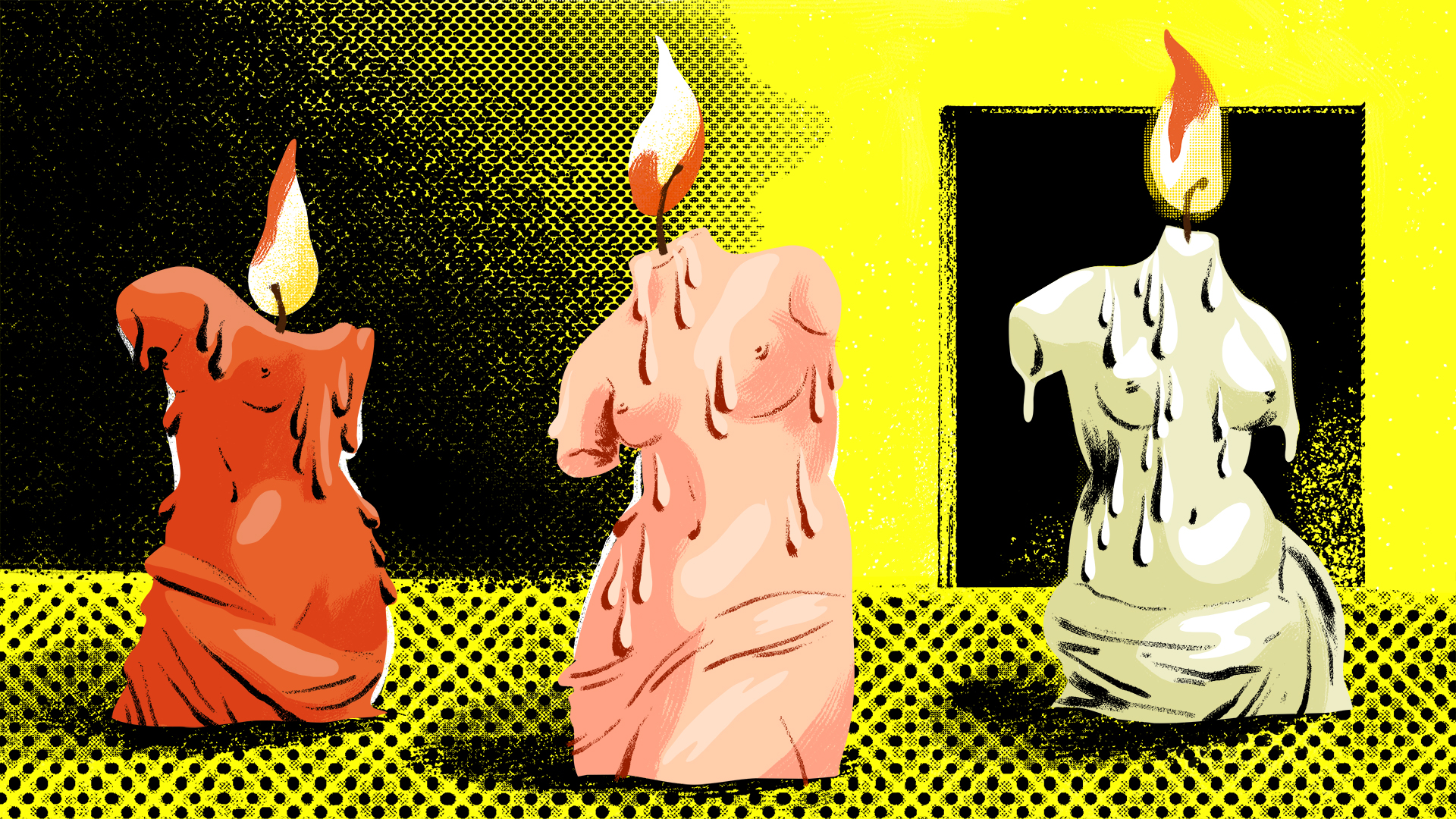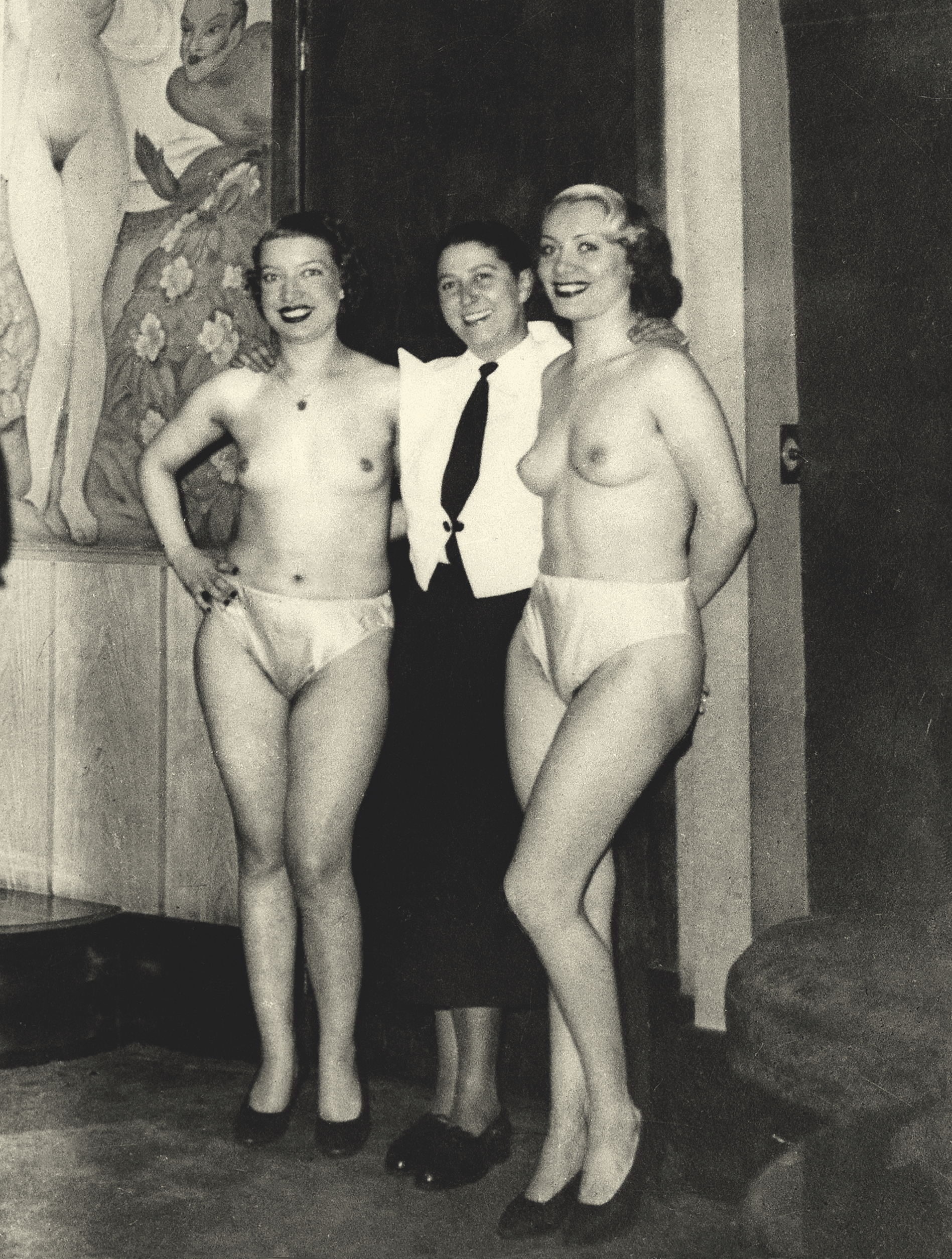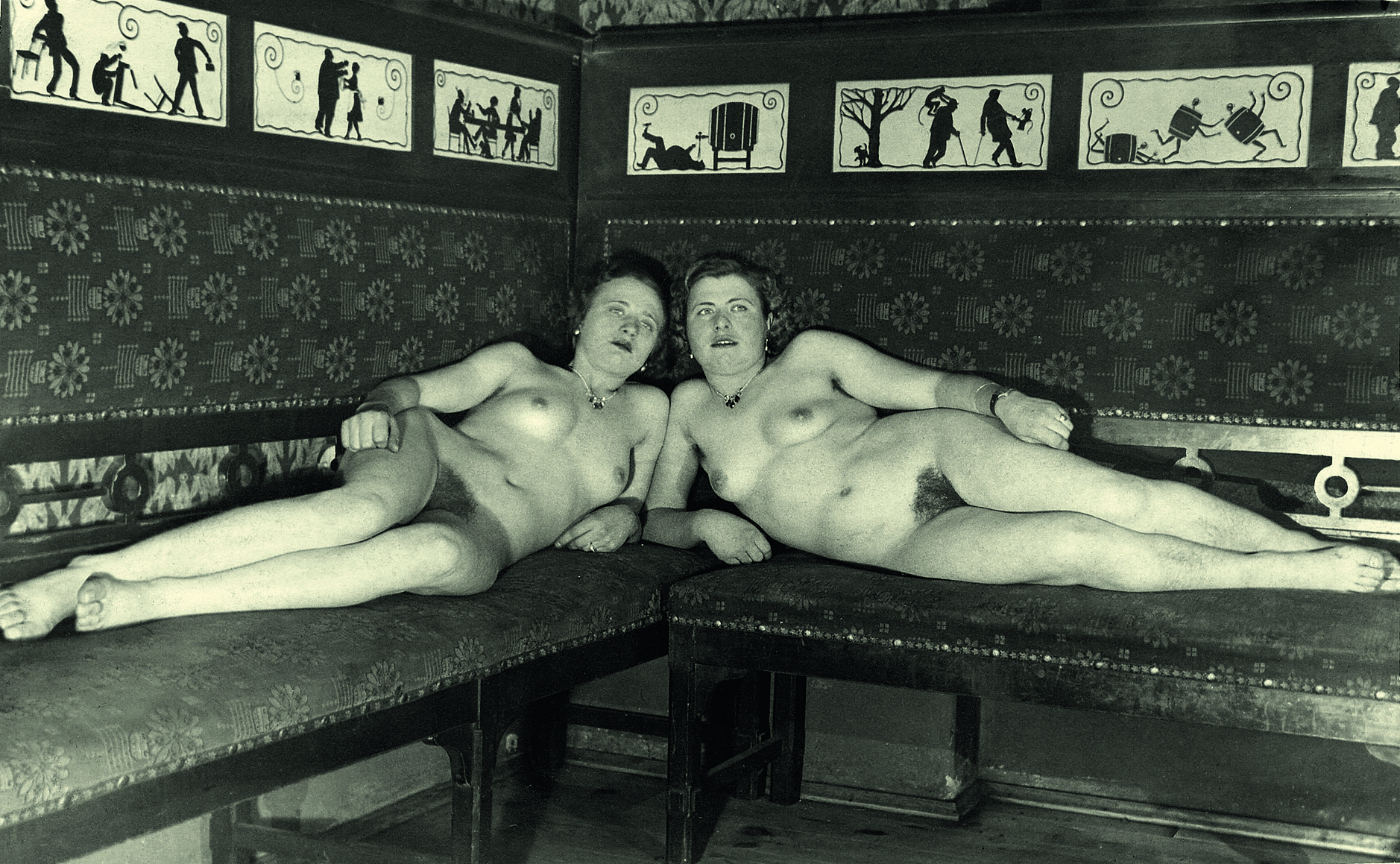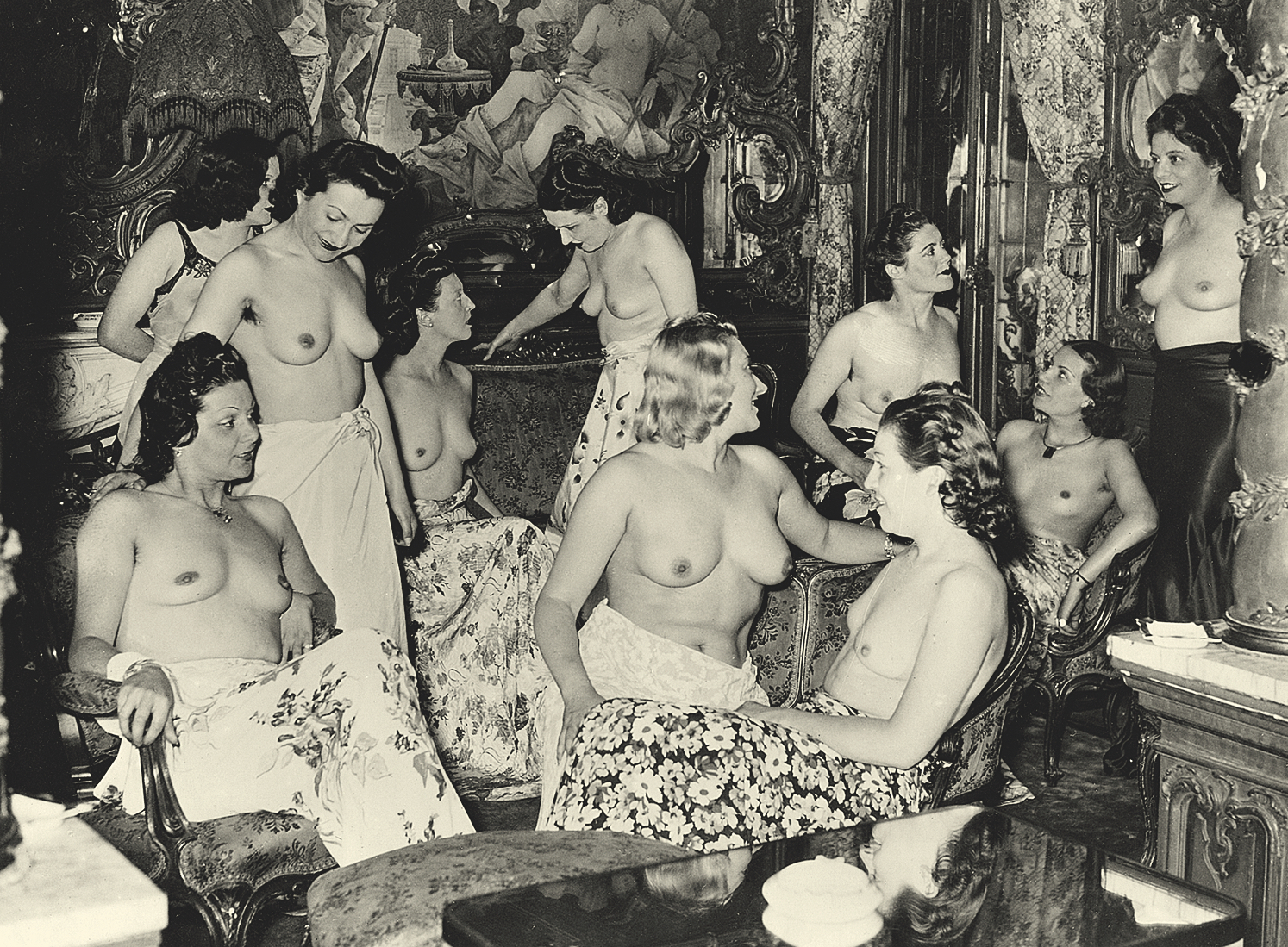I am a 21 year old senior in college. I am in desperate need for advice on how to lose weight. I am a biology major trying to get into med school and between school and two jobs it seems like I don't have time for friends and family let alone working out and eating healthy. I tried meal prepping but it doesn't really work with my schedule because I am rarely home or anywhere near a microwave to heat up meals.
I have struggled with my weight all of my life and especially in college when I do not play sports anymore like I did in high school. I do want any bullshit fad diets or a program that will help me lose weight for the small cost of $300/month. I have a gym in my apartment and at the university I attend but I would love a workout that can be quick but effective so that I can shed some pounds before graduation! -Emily
Personal trainers with million-dollar brands might tell you you need to "lose some weight," and even doctors might tell their patients they need to “lose some weight,” but they surely don’t want you to lose any of your lean muscle mass, let alone get some organs removed or sever some limbs. What they’re usual after is, specifically, loss of body fat (which can have measurable benefits for some people). But for some reason, “lose weight” has absolutely incredible traction in our health lexicon, when it’s almost never what we mean.
This could be a symptom of the fact that, for a very long time, there were few objective measures of body composition (lean mass vs. body fat) as it relates to health. We had body weight, which anyone could measure with a scale, and occasionally things like body calipers to sort of approximate lean body mass. The concept of “body weight” lead to “body-mass index,” which was weight inflected on height as a measure of “health.” Unfortunately, that was only a barely helpful additional data point. A few other measures, like waist-to-height ratio, have come and gone. All of these things together, plus vitals like blood pressure and so forth, can all form one coherent health picture, but you as an individual can’t put them all together to make sense of them, and you shouldn’t have to.
This is why any journey of “losing weight”, but really “substantive loss of body fat,” should only be undertaken at the medical recommendation and with the guidance of a doctor who you trust and who treats you with respect. No one wants to hear this, but insofar as society has made people absolutely obsessed with “losing weight,” no one can provide a reality check here better than a doctor on whether that’s even a good idea.
But now we come to: What if you hate your body and FEEL like you are fat, and your doctor says you are fine and healthy? I think this is where most people go rogue. It can feel cognitively dissonant, or even like a lie, to feel like (I say this from experience) an absolute whale compared to all the images of tan, lithe, toned celebrities, and be told that there is, supposedly, no difference between you and them. You can quite clearly SEE you don’t look like what “healthy” is supposed to look like, according to everyone, yet your doctor not only won’t acknowledge that, but also won’t help you get there.
I have been in a healthy weight range all my life, and had this exact problem: I felt that I looked overweight, I hated how my body looked and more importantly felt like I didn’t understand why it did anything it did. I felt like if I ate even a little bit more than barely any food, I gained like three pounds each time. I only seemed to get fatter if I ate how much a normal person was supposed to, yet no one was about to help me with the weight loss I felt like I desperately needed to pursue.
Eventually I lost 28 pounds, going from one end of the healthy weight range to the other. This existence also would not have rung any alarm bells to any health professional, despite that I was eating very little, was cold all the time, and would brown out every time I stood up (a doctor never asked about these problems, either, because I was not a low-enough body weight to raise the relevant red flag). It’s so, so important to remember there are a range of unhealthy existences even within a normal weight range.
Even after all that, I did not feel better the less I weighed—I didn’t feel good at all. I felt kinda smug, of course, but also lived on a razor edge of diet and exercise, and I thought about food constantly, and many of the things I didn’t like about my body actually did not go away, even weighing essentially as little as I possibly could. That’s because the problem was not the body fat or the weight or the foods, but it was my brain and my relationship with all of those things (driven in no small part, of course, by our culture; I simply cannot take ALL of the blame here).
The entire missing component from my picture was a positive and constructive relationship with myself, where I could experience food and exercise as neutrals, rather than components of a stress and guilt and shame cycle. Lifting weights was a fit for me because it makes resting and recovering equally as important as training. It lays extremely bare for people like me, who struggle to grasp what my body even might be for other than “constant source of resentment," how it all works. Moving and feeling mobile, capable, and energetic is life-changing to me, and these feelings are supported by lifting and getting stronger; getting stronger is supported by eating and resting as well as actually lifting. As far as a quick and effective workout, I've found few other programs that felt as good and seemed to take as little effort and time as lifting.
Some consider the highest cosmic-brain existence to be “body neutrality.” In contrast to “body positivity,” where one radically, actively loves one’s body no matter what, “body neutrality” is being sort of effortlessly somewhat active but not in an identity-consuming way, and somewhat effortlessly eating healthy enough to raise no health alarm bells, and simply existing in an equilibrium with little consideration. But mostly, the body-neutral person doesn’t give a shit, and each day they raise a middle finger to the idea of having a perfect body, and accept themselves exactly as they are.
I’m genuinely unsure how I measure up here: If the goal is to think about one’s body not very much, I’ve never felt that more, and felt more on auto-pilot, than as a result of lifting. Some would say it’s not really body neutrality if you’re deliberately going to the gym, I think, or don’t give more than the dimmest consideration to what food you’re eating. But this approach has surely gotten me the closest to not thinking about this, and the furthest from feeling guilt about not working out enough or hard enough, or eating certain types of quantities or foods, or constantly checking myself in the mirror. I now weigh, on average, several pounds more than I did when I felt too big, but feel completely differently because I built up some muscle, and I eat a lot of food to support lifting three times a week.
Part of this was finding that constructive relationship with my body, but if I’m being honest, part of it was also accepting physical activity as a necessary part of my lifestyle that works backward to help me prioritize a balanced diet and sleep better and feel less anxiety and anxiety-induced depression. Being lazy, I would have loved to find an equilibrium that didn’t involve leaving my couch. But I would not have the quality of autopilot I have if I were trying to autopilot as a fully sedentary person. Maybe some can do that and have also their body-neutrality; I can’t.
This is all a long way of saying—what I want for you is a kinder, more generous, and more expansive goal than the “losing weight” one that the world keeps trying to hand us. If you feel like you could feel better in your body, that doesn’t have to be tied to being smaller, or even having less body fat. (Also, you seem really busy; you deserve health and happiness insofar as it can be achieved by exercise, but if you're just trying to make a living, don't make this yet another thing you guilt yourself about.)
A lot of places would offer you a shortcut “lose 10lbs in 4 weeks!” answer that is ultimately not that helpful. (If those types of answers were helpful, I imagine we’d be hearing about their sustained successes a lot more.) I would be lying if I said lifting weights isn't, quite possibly, the most important component of manipulating your body composition of fat and lean mass, to the point that professionals don’t even try to do without it. If you want a lifting-oriented workout you can get started with in a very basic gym, start here or here. (These routines are good for building the routine and habit of exercise, but if you become interested in getting stronger, it would be worth your time to check out the probably-better-equipped college-university gym that will have plates and barbells and allow you to do something more like this or this.)
But you, as a physical person as well as a brain, deserve fuller consideration than just your body weight (and even if you do lose body fat, it may fix a lot less than you might think). What about your health? What about how you feel? What about your mental state? If you think working out, and even or especially lifting, could be a positive addition to your life and health and you aspire to make it a lifestyle change, you will give yourself a much greater possibility of making it stick if you see the whole picture of benefits, rather than pounds on a scale.
Disclaimer: Casey Johnston is not a doctor, nutritionist, dietitian, personal trainer, physiotherapist, psychotherapist, doctor, or lawyer; she is simply someone who done a lot of, and read a lot about, lifting weights.
You can read past Ask A Swole Woman columns at The Hairpin and at SELF and follow A Swole Woman on Instagram. Got a question for her? Email swole.woman@vice.com.



 Model Emily Ratajkowski was (sort of) the inspiration for the hashtag. | Dimitrios Kambouris/Getty Images
Model Emily Ratajkowski was (sort of) the inspiration for the hashtag. | Dimitrios Kambouris/Getty Images































